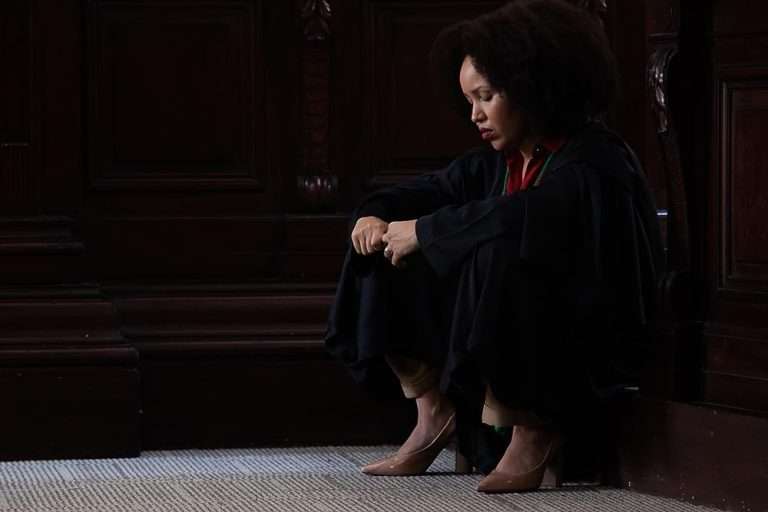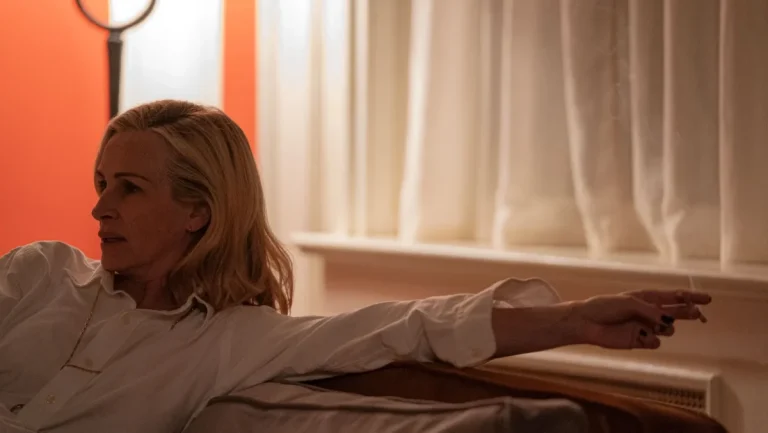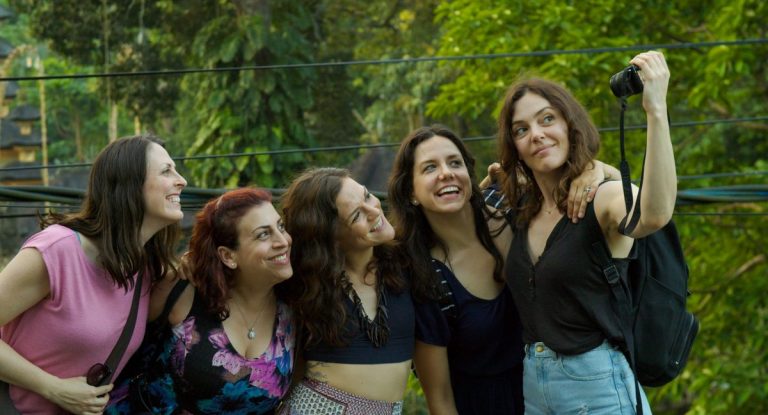It is common practice for professional hunters to ostentatiously exhibit symbolic parts of their prey—think of a reindeer’s antlers, a tiger’s fur, or a bull’s head—as infallible proof of their exploits. This tradition, of purposefully collecting emblematic parts of victims to be displayed as trophies, formally known as headhunting, can be traced back to several ancient cultures from all around the world, in which warriors would reclaim the heads, or sometimes other smaller parts, of their defeated opponents as showmanship of dominance, amongst other things.
Similarly, colonizers seem to also pride themselves on their victories over other civilizations through the many treasures and resources stolen from their places of origin. Spaniards, for instance, looted gold, silver, and precious stones from all over Latin America, while the Brits have a whole museum made up of plundered artifacts of different civilizations. The French, meanwhile, are another major European force that conquered countries down in Africa. One such place that fell under its reign was the Kingdom of Dahomey—the slave-trading society depicted in Gina Prince-Bythewood’s action-adventure film “The Woman King” (2022)—a region known today as the Republic of Benin.
Mati Diop’s short but nonetheless marvelous documentary “Dahomey” (2024), Senegal’s official representative for Best International Feature at the upcoming Oscars ceremony and winner of the Golden Bear at this year’s Berlin International Film Festival, excavates into Africa’s history of oppression under European rule, posing legitimate questions about the cultural expropriation suffered during the process of colonization, and its many long-term aftereffects in the political and social spheres. Its real-life story chronicles the journey of a batch of 26 artifacts—out of a total of 7,000—being returned by the Macron-led French government back to their place of origin, present-day Benin, after having been in a foreign land for over a hundred years.
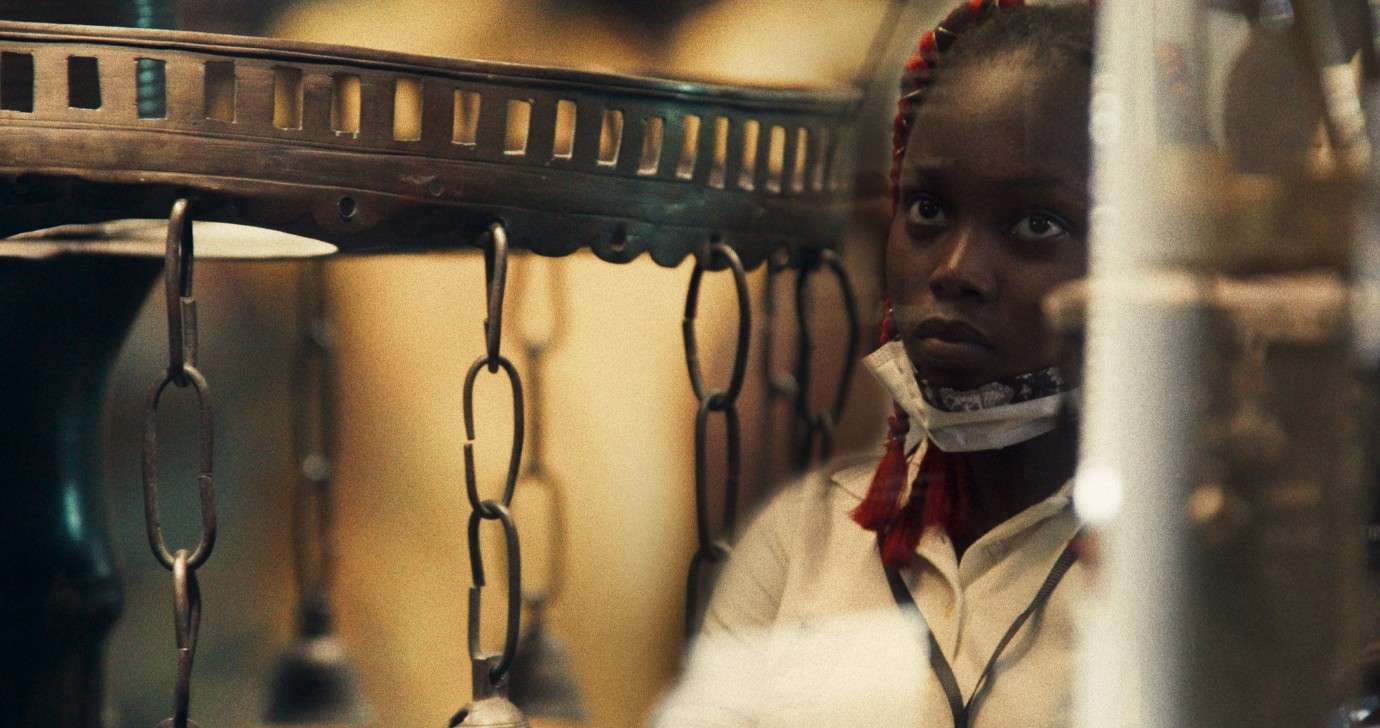
The historical landmark marked by their awaited homecoming should be a matter of celebration, but in reality, it is rather bittersweet. The re-appropriation of the nation’s material heritage sure triggers joy, as evidenced by the public demonstrations of traditional dances and songs performed during the welcoming of these artifacts. All the while, it also forces its people to reconcile with the subjugation their ancestors suffered at the hands of white imperialism, and the many ways in which they still are not free, and might never be, from colonial chains—having to politely request for the patrimony to be given back to their rightful owners is improper to say the least.
As was the case with her feature directorial debut, the fantasy romance “Atlantics” (2019), where a young woman, grieving the disappearance of her boyfriend who set off to Europe in search of a better future, is haunted by his ghost when she’s set up for marriage, Mati Diop infuses a small dosage of magical elements into her otherwise stark realism. This time around, the fantastical takes the form of voice-over narration in Fon language that belongs to one of the royal treasures, the half-man, half-animal wooden statue of King Ghezo of Dahomey, or as the French callously referred to it on their Museum’s exhibit: Number 26.
His sorrowful musings, which provide a haunting account of the otherwise silent first half of the film, lament many things. First of all, the life in captivity he has endured, under the constant gaze of stranger onlookers and surveillance cameras. Another worry is the erasure not only of his name, but of the entire identity of a country that has been conditioned into seeing, and therefore understanding, everything through the worldview of their oppressors. After all, the country’s official language, French, and its main religion, Christianity, once were just an imposition that ultimately became assimilated—most probably through force—thereby, sidelining the true essence of the Beninese. The antique also fears not recognizing his home upon returning, or worse, that his people might not know about his legacy.
During a heated exchange in Alonzo Ruizpalacios’ heavily underrated heist thriller “Museo” (2018), wherein two drifters steal items from Mexico’s National Museum of Anthropology and later try to sell them in the black market, a potential German buyer refers to the Mayan art pieces as ‘prehispanic,’ to which the protagonist replies, ‘they are not prehispanic, they are mesoamerican.’ This remark exposes the Eurocentric mentality that subconsciously imposes itself as the main axis of existence, completely disregarding the time before the Europeans’ accidental arrival on the shores of the American continent—the same applies to the term ‘pre-Columbian.’
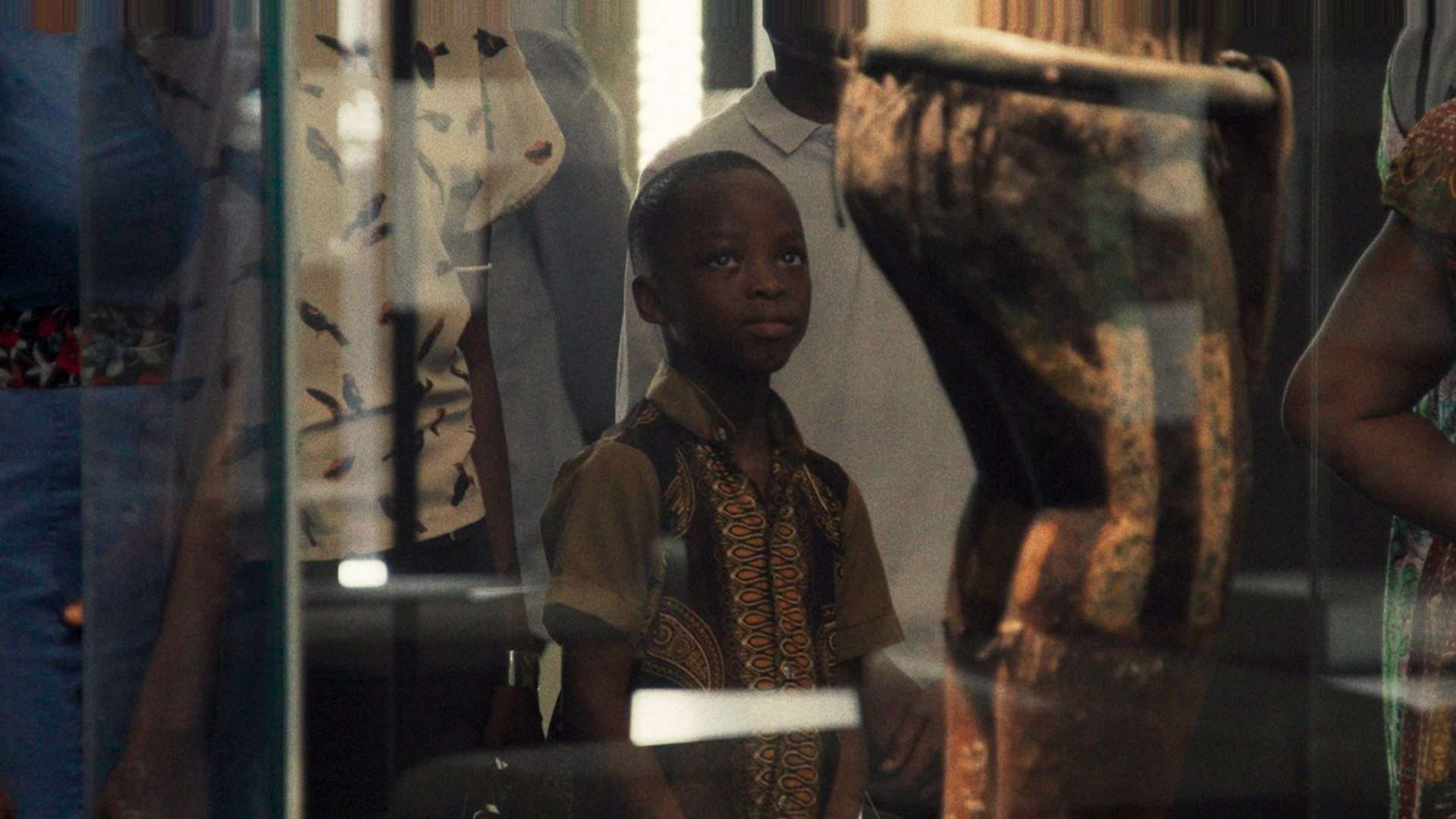
In doing so, the thoughtful observation also demonstrates the more revisionist, if a little too cynical, way of thinking of new generations who no longer abide by the colonial constructs deeply ingrained in the collective. Instead, the youth questions and condemns the deeply violent actions perpetrated by today’s developed countries whose many riches are a by-product of looting. In Diop’s film, this becomes evident in the second half of the film, whose plot segues into an open forum held by university students from Benin discussing the true nature of this political maneuver, masquerading as some gesture of diplomacy. The politically charged opinions shared during this section differ greatly from person to person, yet Diop remains unbiased throughout, allowing for each contribution to be shared and reflected upon.
In many ways, Mati Diop is equal parts the analogous and antithesis of filmmaker Claire Denis (“Beau Travail”), whom Diop collaborated with on “35 Shots of Rum” (2008) and “The Other Side Of The Blade” (2022). Denis was born in France but grew up in several places in colonial French Africa where her father worked. The protagonists of her many wonderful films, which oftentimes deal with the scars of colonialism in this hemisphere of the world, exude either white guilt or white ignorance—as is the case of a little girl befriending a Black servant in “Chocolat” (1988) or a business woman refusing to abandon her coffee plantation despite an erupting civil war in “White Material” (2009). Diop, a Parisian of Senegalese descent from her father’s side, manifests similar contradictions to those of Denis, though her stories are mostly told with the vindictive rage of the victims.
They say acceptance is the first step towards healing. In this sense, it is not only necessary for the oppressed to confront their notions of defeat, but the perpetrators themselves must also acknowledge their wrongdoing—it would be great if it came with an apology included. However, the world is far from reaching this level of societal restitution. But hopefully, as more people realize the magnitude of injustice, history will help to shape our future without having to repeat it.


